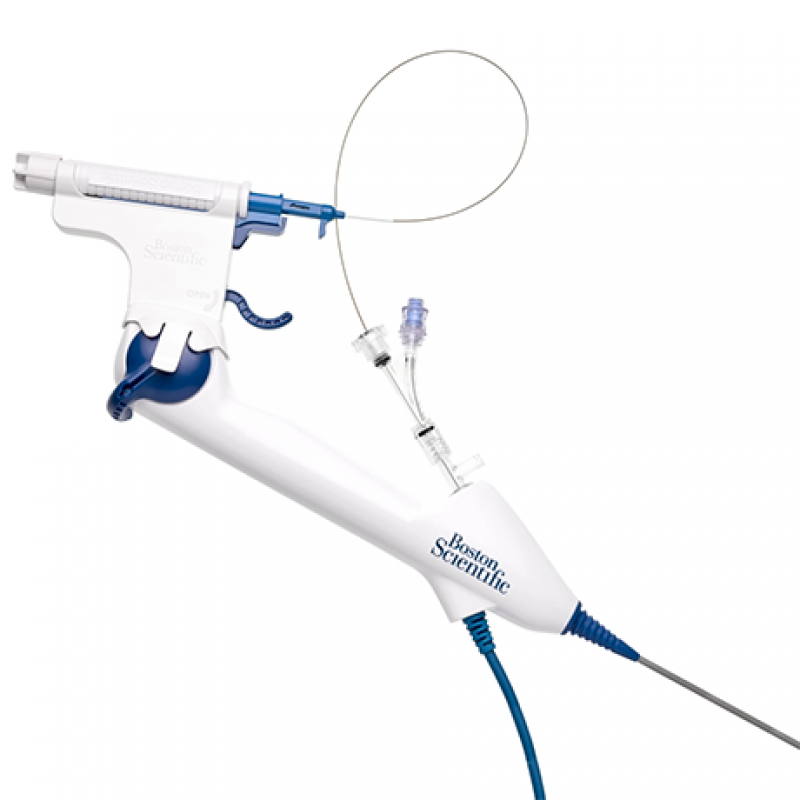In the ever-evolving landscape of medical technology, urology devices have emerged as a vital aspect of healthcare, offering innovative solutions to various urological conditions. Urology devices encompass a wide array of instruments, tools, and equipment designed to diagnose, treat, and manage conditions related to the urinary system in both males and females. From diagnostic imaging to minimally invasive surgeries, these devices have revolutionized the field of urology, improving patient outcomes and enhancing the quality of life for millions of individuals worldwide.
Diagnostic Advancements
Accurate diagnosis is the foundation of effective urological treatment, and urology devices have played a significant role in this area. Advanced imaging technologies such as ultrasound, CT scans, and magnetic resonance imaging (MRI) have made it possible to visualize the urinary tract with exceptional clarity. Urologists can now detect abnormalities, such as kidney stones, tumors, and urinary obstructions, allowing for timely intervention and precise treatment planning.
Another crucial aspect of urology diagnostics is urodynamic testing. Urodynamic devices are used to assess the functioning of the bladder and urethra, aiding in the diagnosis of conditions like urinary incontinence and bladder dysfunction. These tests help urologists understand the underlying causes of symptoms and formulate personalized treatment strategies for patients.
Minimally Invasive Techniques
One of the most significant breakthroughs in urology has been the development of minimally invasive surgical techniques, made possible by sophisticated urology devices. Traditional open surgeries often involve large incisions, longer recovery times, and increased risk of complications. Minimally invasive surgeries, on the other hand, use small incisions and specialized devices to access and treat urological conditions.
One prime example is laparoscopy, where a laparoscope – a thin, flexible tube with a camera and light source – is inserted through a small incision, allowing the surgeon to view the affected area on a monitor. This technique is commonly used for procedures like nephrectomy (removal of the kidney), pyeloplasty (repairing the narrowing of the renal pelvis), and prostatectomy (removal of the prostate gland).
In recent years, robotic-assisted surgeries have also gained popularity in the field of urology. These systems, controlled by skilled surgeons, provide enhanced precision, flexibility, and a 3D view of the surgical site. Robotic devices have facilitated complex procedures, such as robotic-assisted prostatectomy, enabling better outcomes and reducing the risk of complications.
Laser Technology in Urology
Laser technology has been a game-changer in various medical fields, including urology. Laser devices used in urology emit highly focused beams of light that can be used for precise cutting, ablation, or coagulation of tissue. They have become instrumental in treating conditions like kidney stones, benign prostatic hyperplasia (BPH), and bladder tumors.
Laser lithotripsy, for example, has revolutionized the treatment of kidney stones. Instead of traditional surgeries, which require making an incision to remove the stones, laser lithotripsy employs laser energy to break down the stones into smaller fragments, making them easier to pass naturally through the urinary tract.
In the case of BPH, laser devices have offered an effective alternative to medications and open surgery. Laser ablation or enucleation of the prostate can be performed through the urethra, reducing the risk of complications and significantly improving patients' quality of life.
Continence Management
Millions of people worldwide suffer from urinary incontinence, a condition that affects one's ability to control their bladder. Urology devices have played a crucial role in continence management, offering innovative solutions to improve patients' comfort and confidence.
One such device is the urinary catheter, which is commonly used in patients who have difficulty emptying their bladders. Indwelling catheters, intermittent catheters, and external catheters are all available, each catering to specific needs. Additionally, technological advancements have led to the development of self-catheterization devices, making the process more user-friendly for patients.
For those seeking alternatives to catheterization, urethral bulking agents have been introduced. These substances are injected into the urethra to increase its resistance, effectively preventing urine leakage during certain activities.
Conclusion
Urology devices have transformed the field of urology, revolutionizing diagnostics, treatment, and patient care. From advanced imaging and minimally invasive surgeries to laser technology and continence management, these devices have significantly improved the quality of life for individuals suffering from urological conditions. As technology continues to evolve, we can expect even more groundbreaking innovations in urology devices, offering hope to countless patients worldwide and paving the way for a healthier and more prosperous future.
